In 2019, tourism contributed to more than 10 percent of global GDP, with international travelers spending $1.7 trillion abroad. Prior to Covid-19, 1 in 4 new jobs were in the travel and tourism sector across the world.
Small tour group in Split by Jonell Kalae
But tourism dropped to 5 percent of global GDP in the pandemic, and the travel and tourism sector lost $4.7 trillion in 2020 alone. While this has been a challenging time for all of us in the industry, it does give us an opportunity to make tourism better.
One way to do this is to address the problems that come with overtourism vs. undertourism. Destinations that struggle with the burden of too many travelers suffer from overtourism, whereas destinations that lack well-known tourist attractions or have suffered from devastating natural disasters and other unforeseen events have struggled with under tourism.
Here are the main differences and consequences between overtourism and under tourism:
What is Overtourism?
Like most industries, the tourism industry prioritizes profit. However, this isn’t always in a sustainable and positive way. Simply stated, overtourism is when too many visitors travel to a particular destination. Not only does overtourism led to crowded and congested cities, it also puts stress on the local people and environment.
Angkor Wat in northwestern Cambodia
Overtourism can lead to:
A rise in rent and cost of living
Over-consumption of water (seen currently in Bali or Hawaii)
Damage to the environment and wildlife
Airbnb has contributed to overtourism in the accommodation sector across the world. Airbnb made it possible for tourists to find more affordable and “local” short-stay rentals.
Unfortunately, the high demand for these rents increases rent and pushes locals out.
The availability of very affordable flights and cruise ships are other issues that have increased visitors to many locations, especially European destinations in the past years. Massive cruise ships move thousands of people into cities every day for a short amount of time. Many of these cruise passengers spend a limited amount of money during this short time. This is in contrast to slow travel.
Additionally, social media, Instagramable images, massive social media exposure, and geo-tagging of locations have also led to a rapid increase in tourism at some destinations -- and in these places, the environment and local communities are often not able to cope with the drastic influx of tourists.
Machu Picchu view
Examples of Overtourism:
Below you’ll find real-life examples of how overtourism has affected tourist destinations:
Canals in Venice
European cities:
In 2019, nearly 1.5 million tourists visited Dubrovnik, Croatia. UNESCO threatened to remove the city’s World Heritage Site status unless the tourist numbers were reduced. The city has now mandated that only two cruise ships are allowed per day.
Venice, Italy is the home of just 55,000 permanent residents, yet about 20 million foreigners come to this city each year. It is believed that on a busy day, Venice could host 120,000 visitors. Due to this, UNESCO threatened to put this incredible Italian city on its list of sites in danger back in 2017. They have been able to avoid the list after banning massive cruise ships.
Iconic/Ancient sites:
The historic Inca trails leading up to Machu Picchu, Peru, as well as the site itself, are also trying to combat tourism. Machu Picchu went from 146,000 visitors in 1980 to 1.57 million in 2018. In response to the rapid growth, the Peru government made several changes to the entry system. According to reports in 2018, these efforts seem to be paying off. Guides and visitors have said the crowds and congestion at Machu Picchu are sometimes barely noticeable.
Secret Lagoon in Iceland by Kat Craats
Small Islands:
Over the past decade, Santorini, Greece, has become one of the world’s most popular travel destinations. 2 million people enter this Greek island every year, and it is believed to be due to the exposure it has had on social media. In order to reduce the massive visitor population, Santorini had to impose a daily cap on cruise ships of 8,000 visitors. Nevertheless, residents still believe more rules need to be imposed.
In 2017, the magical and remote island of Iceland attracted more than 2 million travelers per year. This is 6 times the size of its national population! To mitigate the stress on their infrastructure as well as damage to the natural beauty the island is known for, the government launched a Tourist Site Protection Fund and has banned new hotel construction permits in downtown Reykjavík.
Unfortunately, unlike the above examples, sometimes the impacts of overtourism cause such damage when left unchecked that the only course of action is to close the destination entirely, and allow it to recuperate.
Such is the case for the Thai island of Phi Phi Le, famous for the idyllic shores of Maya Bay which were featured in Leonardo DiCaprio’s well-known film The Beach. Tons of tourists flocking to the island for a tropical paradise, but wreaked havoc on marine ecosystems. Local authorities were forced to temporarily close the island to tourists.
Cookout in Mexico with Pura Vida Kitchen
How to avoid overtourism:
Fortunately, there is good news for those wishing to travel to the above destinations and other popular places around the world:, there are often ways that travelers can plan a visit without adding to the problem. Here are some ideas for how you can visit these places and leave a more positive impact:
Stay away from peak times:
In order to support a more sustainable mindset while traveling, try to travel outside of peak season. This can vary depending on the destination.
Select local partners:
Sadly, a big chunk of the money spent by tourists never reaches the destination’s economy. All this money is usually “leaked out” to the original destination, and ends up in large international corporations. In order to assure your support while traveling, support local businesses and organizations, hire local guides, and stay in local accommodations.
Riding around in Colombia
Choose responsible activities:
By planning activities that follow a sustainable tourism mindset, such as visiting local communities, attending local sustainable workshops, and eco walks, you will naturally experience a genuine and life-changing cultural exchange.
Pick responsible tours operators:
The most important aspect when traveling is to respect the communities and their ecosystems. Investing in responsible tour group operators that value the proper conservation of the local culture, the traditions, the lands, nature, and the wildlife.
Be curious:
We all want to visit places that are trendy, Instagramable, and one of a kind. Nevertheless, don’t be scared to give an under-the-radar location a chance to surprise you. The planet is so big, the options are endless, and being able to uncover and explore a place that has barely been discovered just might make for a far more memorable experience.
What is Undertourism?
We know that unchecked tourism growth can cause negative effects. Yet, as we’ve learned during the pandemic, too little tourism can potentially create just as much damage.
With so many people working in tourism, this is how many people around the world earn a living. With events such as the Covid-19 pandemic, natural disasters, or even civil unrest happen, undertourism takes a toll on the livelihood of the locals and the economy.
Traditional cooking and chocolate preparation with local Kichwa women's center in Ecuador by Edison Tanquino
Consequences of Undertourism
The best type of tourism often focuses on giving back to local or indigenous communities, conserving nature, and protecting wildlife in order to ensure those unique resources are maintained for generations of visitors to come. When tourism disappears, so do the funds and incentives to preserve those resources. There are numerous examples throughout the world wherein natural devastation, such as deforestation and wildlife poaching, has increased when tourism flows decrease. As well, younger generations can lose interest in preserving local traditions and handicrafts when the incentive to share those with global visitors disappears.
Ecuadorian Jungle Turtles by Stephanie Skeffington
Due to the absence of tourism, zoos, safaris, and sanctuaries have struggled tremendously to operate because they depend on donations coming from visitors. A lack of tourism means not enough money to feed the animals.
Poaching is a massive threat to wildlife conservation in Africa. The elephant and rhino populations have been suffering for decades. Nevertheless, an increase in tourism has been shown to reduce the number of poachers in the area. This is due to the increase in visitors and guards protecting fragile wildlife.
The market for local handicrafts is reliance on sales from travelers. Amid the pandemic, many world-renowned markets in Vietnam, Colombia, Jordan, or Morocco had to shut their doors to everybody. With no income coming from tourists, the local artisans who populated these markets had to find other ways to make a living, thus deteriorating local handcraft traditions.
Why visit destinations that experience undertourism?
You will be able to enjoy the destination without the fear of long queues and crowded spaces.
You can find more affordable rates that have not been inflated due to high demand.
You may be better received by locals, instead of being subjected to bad treatment due to a negative backlash against overtourism.
You may be aiding the well-being of communities, as well as nature and animal reserves.
Cuban Salesman by Una Simone
It is our responsibility as travelers to find ways to become more conscious while exploring the world, and understanding over or under tourism destinations is part of that. Whether a destination is looking to attract more or fewer visitors, we can help by knowing where and how to spend our time and money. Wherever you go, without a double, aiming for more local experiences and integrating mindful activities that will help support the sustainable development of each destination is the best way to ensure your trip has a positive impact.








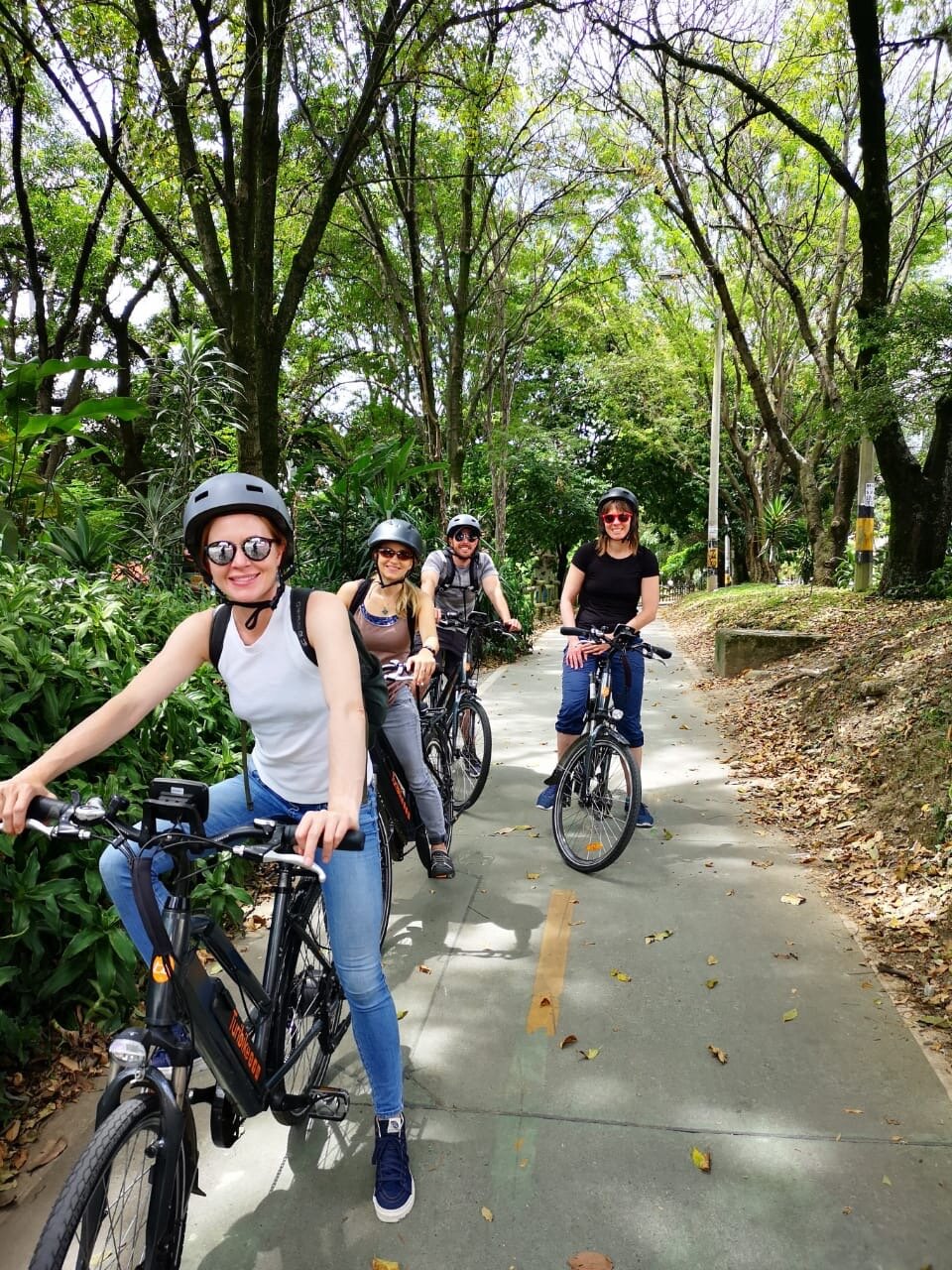
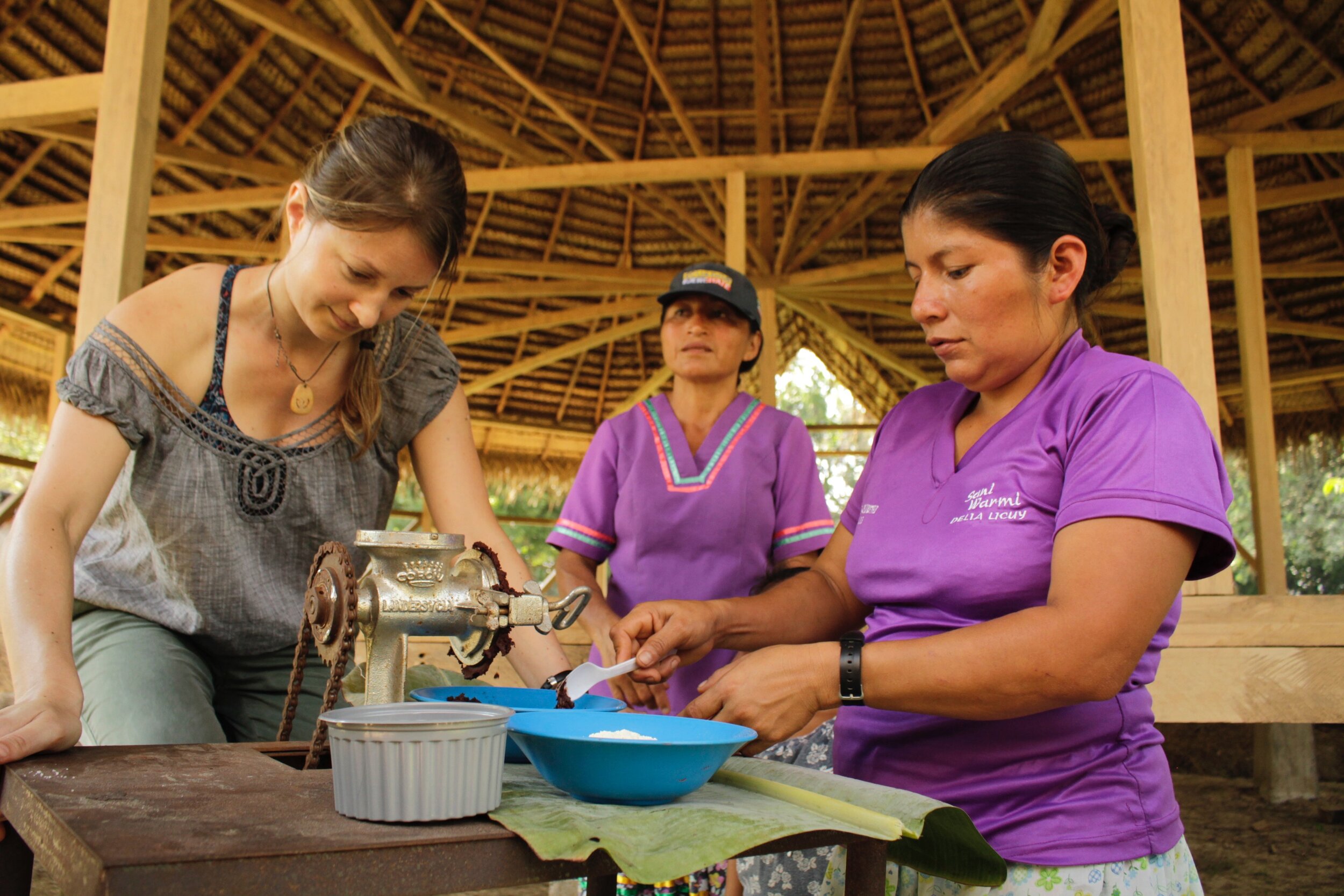




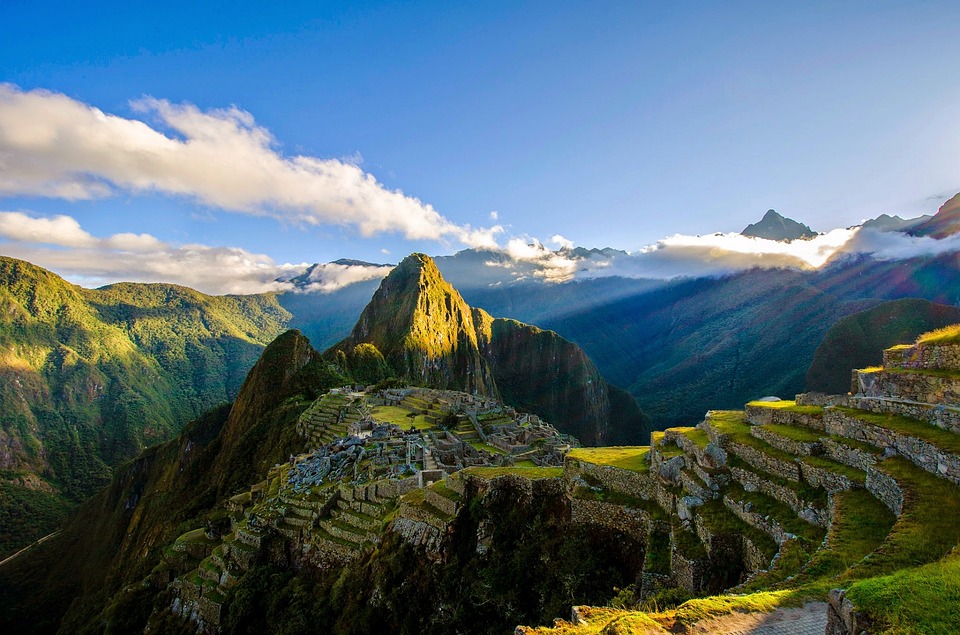



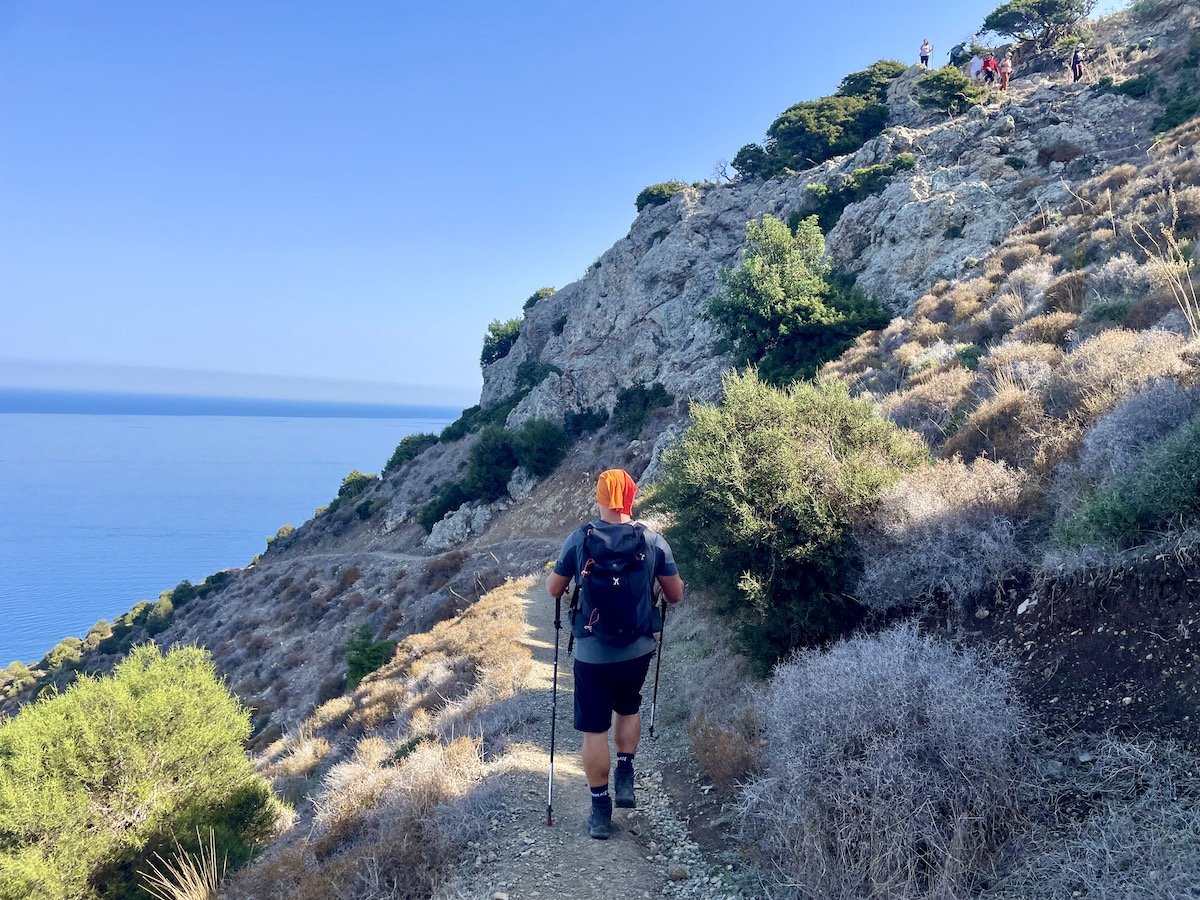
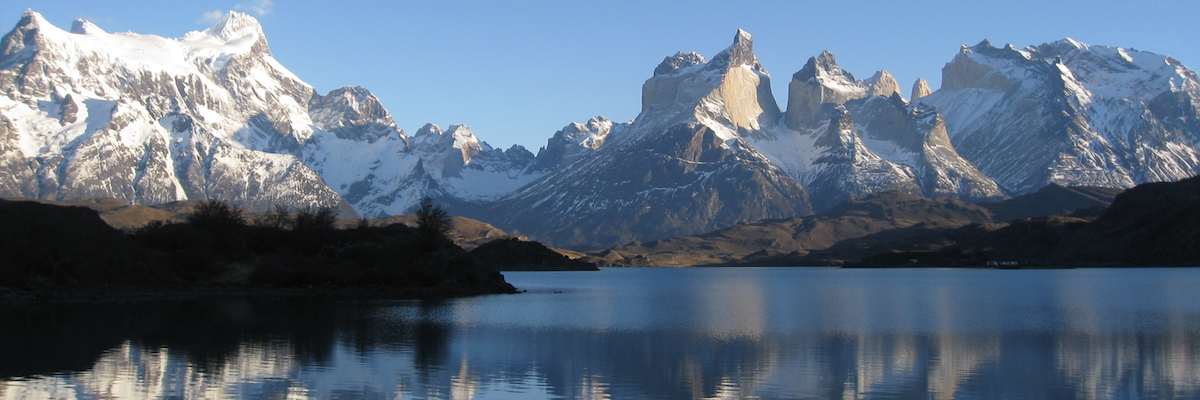

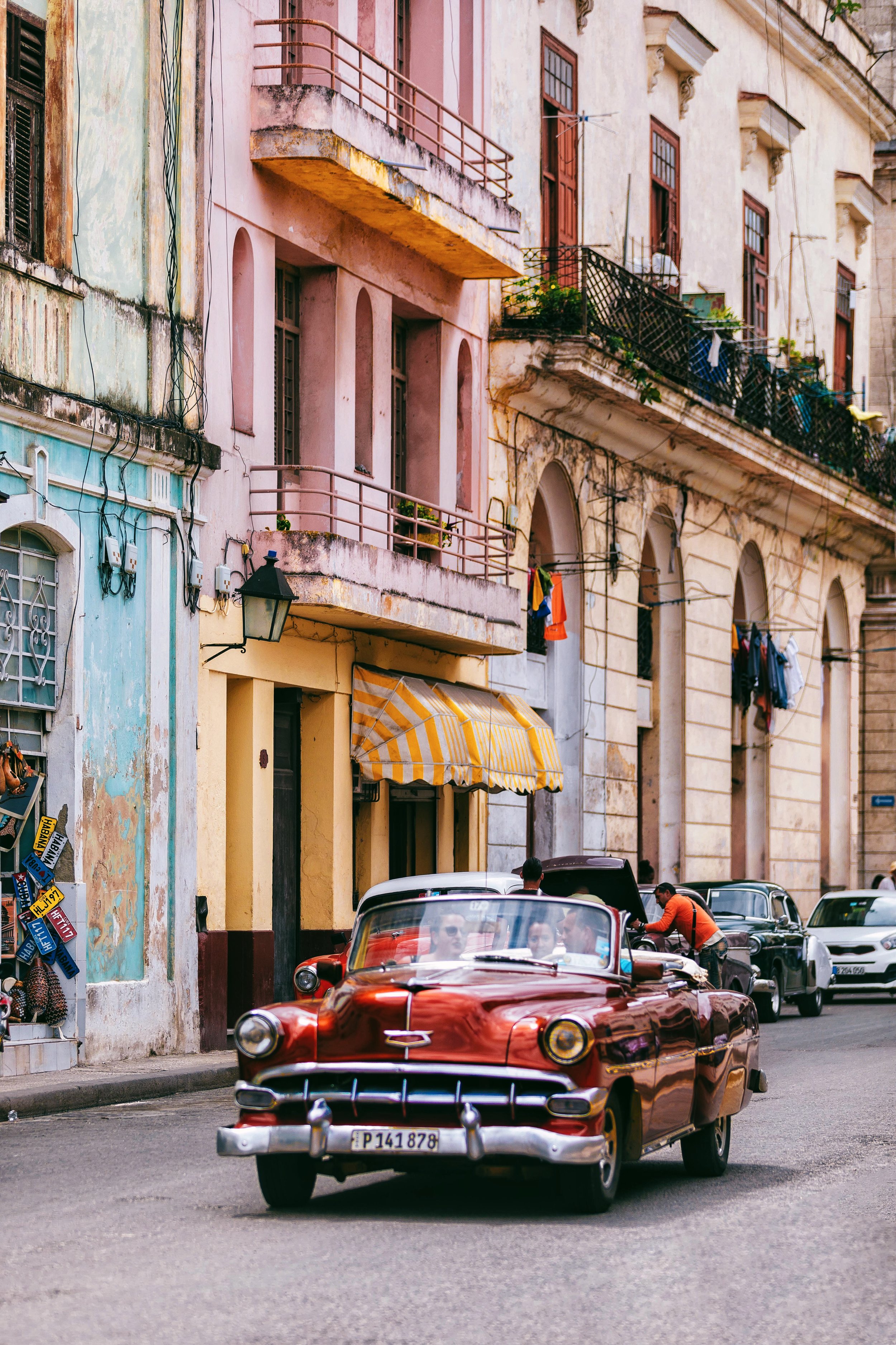
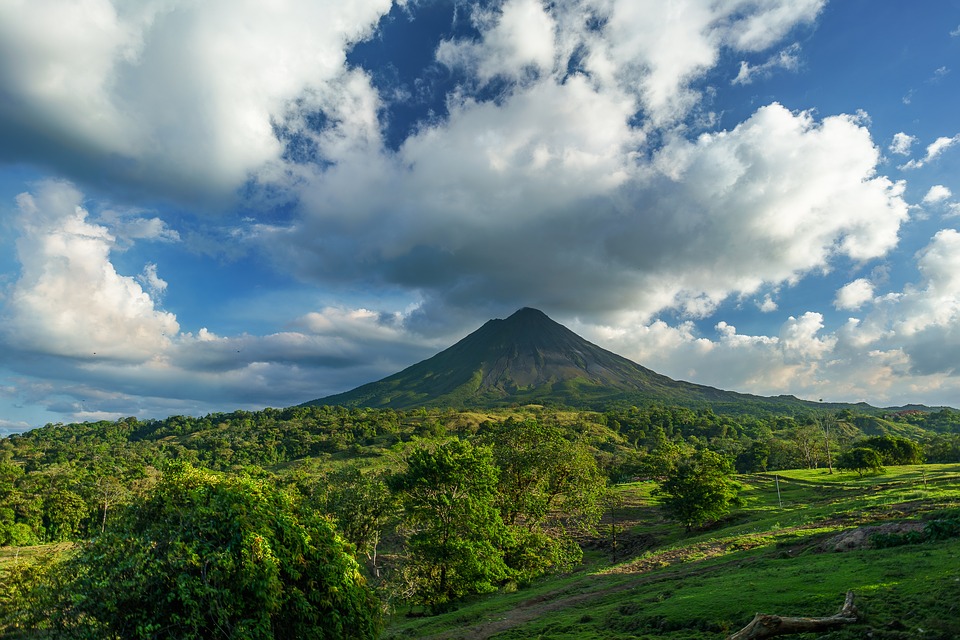




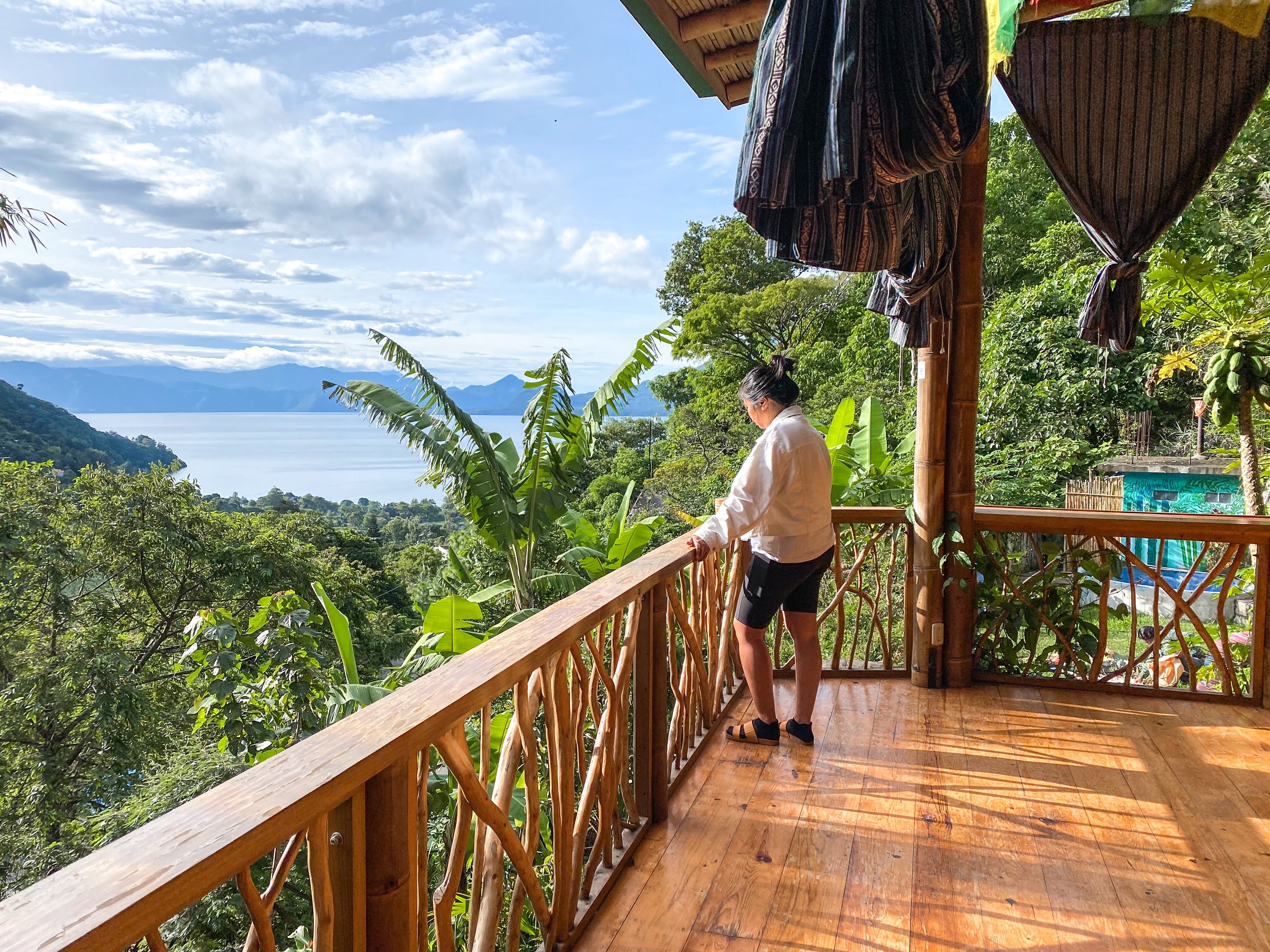

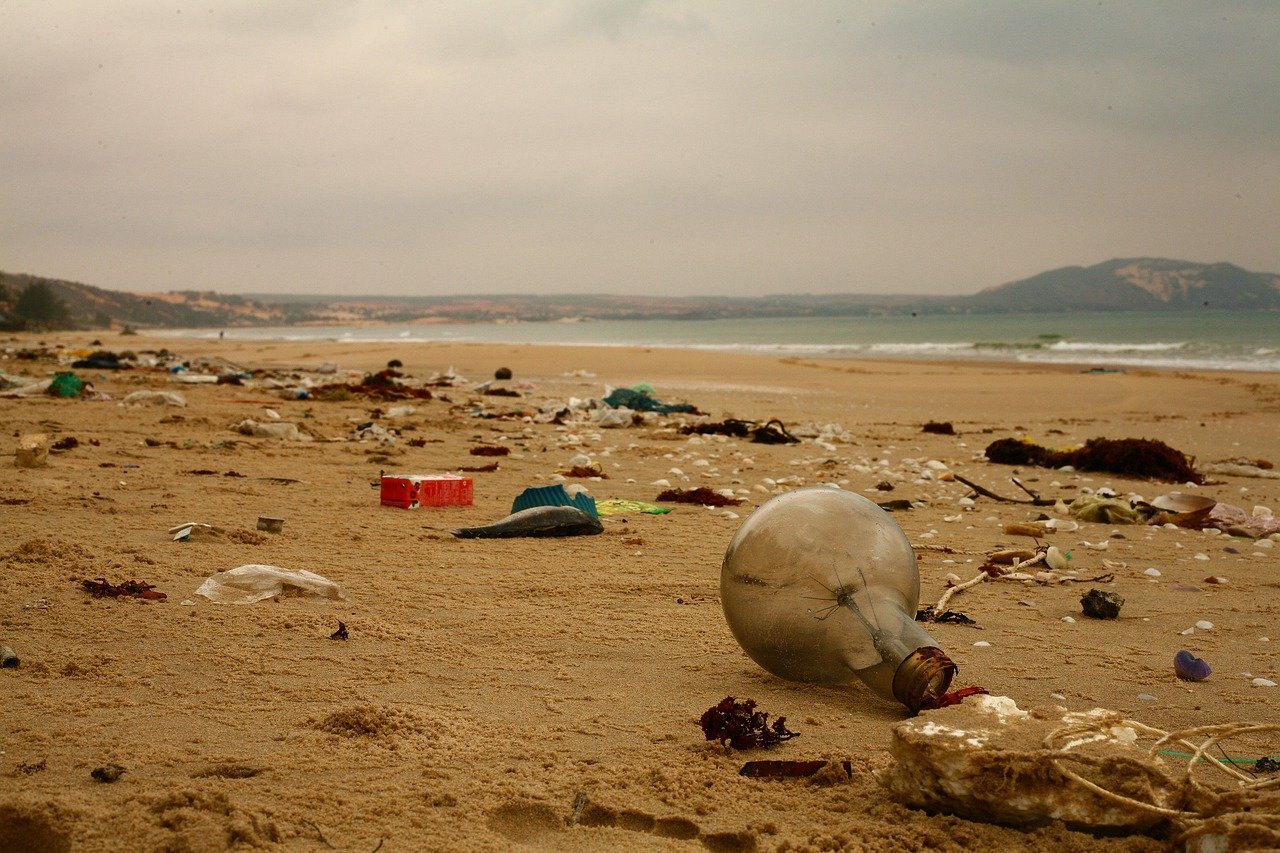
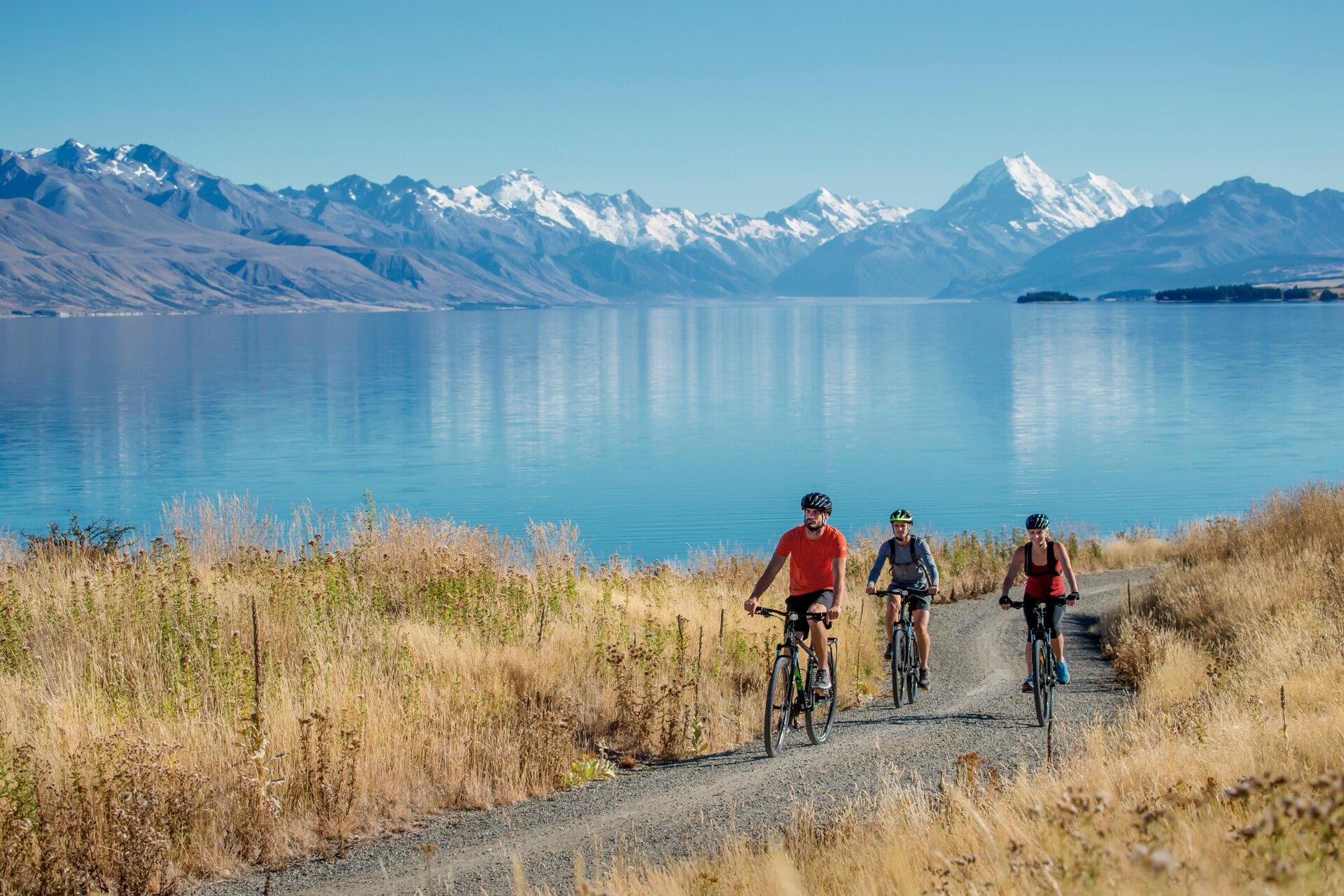




It's no secret that traveling can have a significant impact on the environment, particularly when it comes to plastic waste. From single-use water bottles to plastic cutlery and packaging, it's easy to accumulate a lot of plastic while on the go. Searching for more ways to reduce plastic waste while traveling? Traverse Journeys has got you covered!